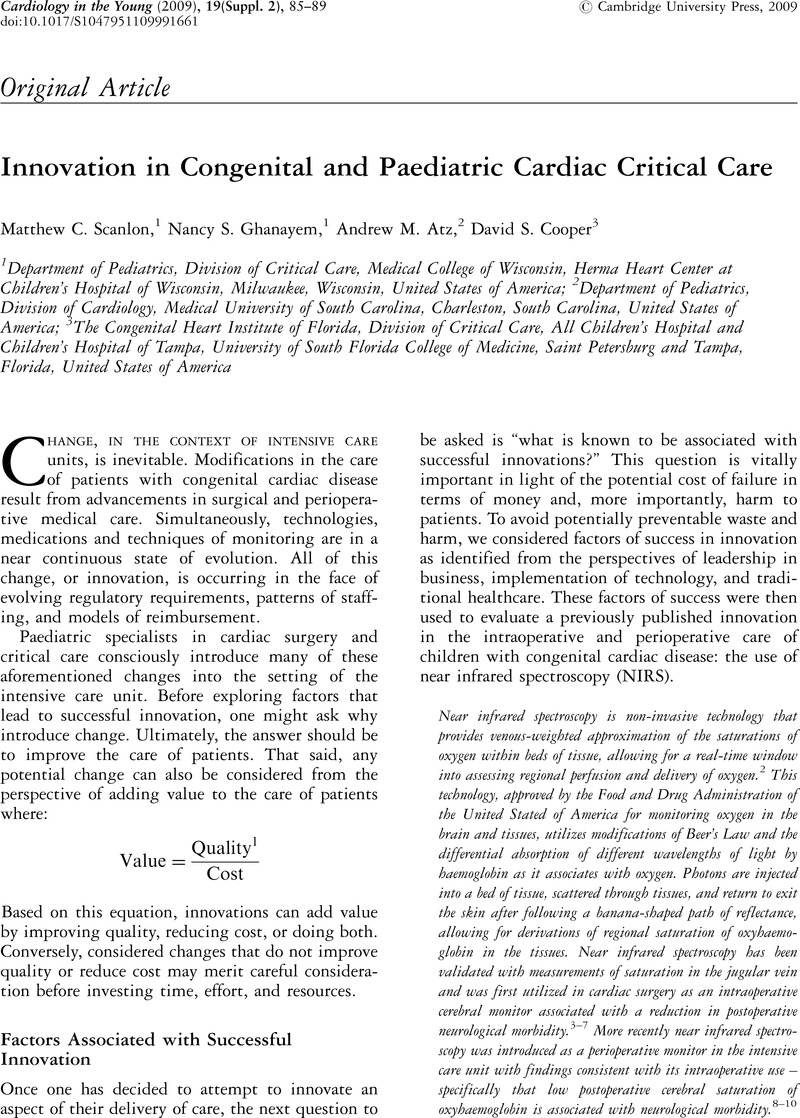Crossref Citations
This article has been cited by the following publications. This list is generated based on data provided by Crossref.
Shea, Christopher M
Halladay, Jacqueline R
Reed, David
and
Daaleman, Timothy P
2012.
Integrating a health-related-quality-of-life module within electronic health records: a comparative case study assessing value added.
BMC Health Services Research,
Vol. 12,
Issue. 1,
Hartnett, Sherry
2015.
Marketing Analytics and Health Care: Untapped Opportunities for Organizational Learning and Business Success.
SSRN Electronic Journal ,
Kuch, Bradley A.
Bochkoris, Matthew
and
Orr, Richard A.
2020.
Critical Care of Children with Heart Disease.
p.
19.



